John McSweeney calves in spring from 1 January to St Patrick’s Day, with the aim being to have all of his sucklers calved and down the farm before taking in the dairy calves.
John looks for value when selecting calves, with both beef-cross and pure dairy animals on farm at present. Going forward, he will look to increase cow numbers and buy in less calves.

His plan is to move to 30 suckler cows and scale back the calf operation to 50 head, finishing the calves as bullocks prior to a second winter. His own suckler bull calves will remain intact and go as under-16-month bulls. While he has finished some of the dairy calves in the past, they were typically sold as forward stores in the autumn.
Listen to an interview with John in our podcast below:
Listen to "BETTER farmer John McSweeney" on Spreaker.
He will opt for an Angus- or Hereford-cross calf if possible, with a buying price of €250-300 in mind.
“I work off-farm as a lorry driver, so things need to be kept tight. I use a terminal Angus stock bull with a 1.6% calving difficulty figure. I need calvings to be easy and calves to be strong and vigorous – he gives me that. In terms of replacements, I will look to buy in beefy heifers, as well as using some of the strong heifer calves that come in from the dairy herd,” John told the Irish Farmers Journal.


While there are dual purpose sires out there, in a herd of this size and nature having two stock bulls – one terminal and one maternal – makes little sense. John is right to focus solely on the beef end and let someone else do the hard work of producing his replacements.
Output
The farm is currently generating over twice the beef output per hectare (999kg) relative to the national average farm. This is translating into a healthy gross margin figure of €701/ha. However, John’s variable costs (feed, fertiliser, vet, contractor, straw etc.) are running at 62% (€1,142/ha) of his farm output (sales – purchases, +/- inventory change) figure (€1,844/ha).
Listen: calves complement sucklers on Cork BETTER farm - https://t.co/l00uovhY3Y via @farmersjournal pic.twitter.com/kxzlkln9t7
— FJ Beef (@FJBeef) June 7, 2017

More efficient use of these resources and ultimately growing and utilising more grass, via grazing and making top-quality silage, will help to reduce this figure down from 62%. The target is to reach 50%, though for a bull finisher achieving high levels of output 55% will suffice.











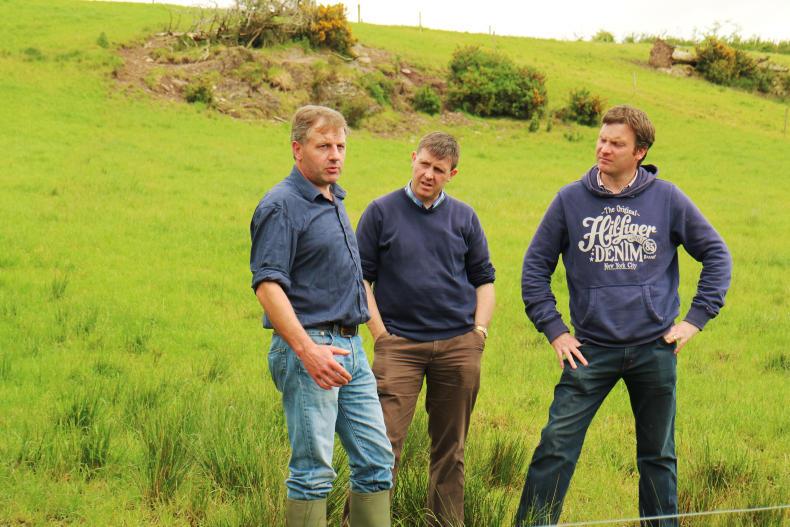
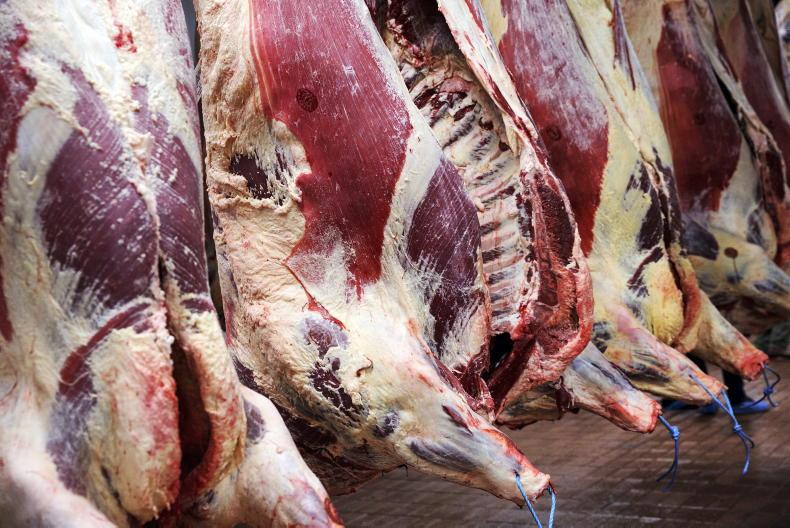

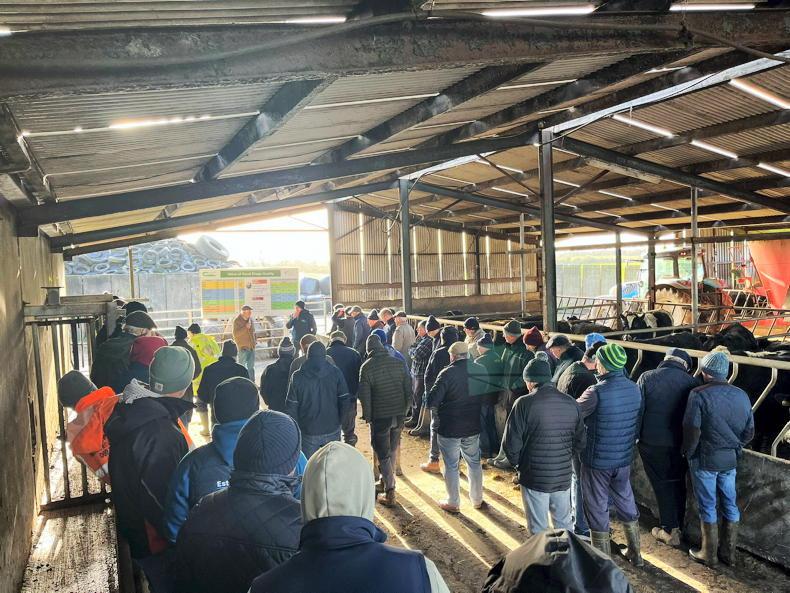
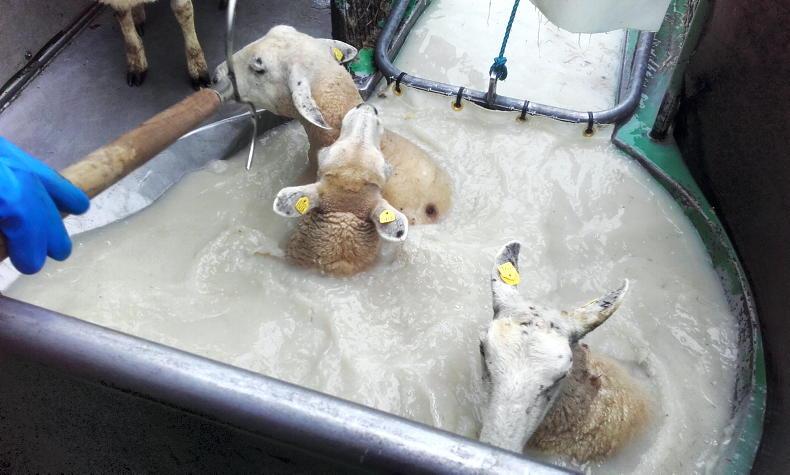
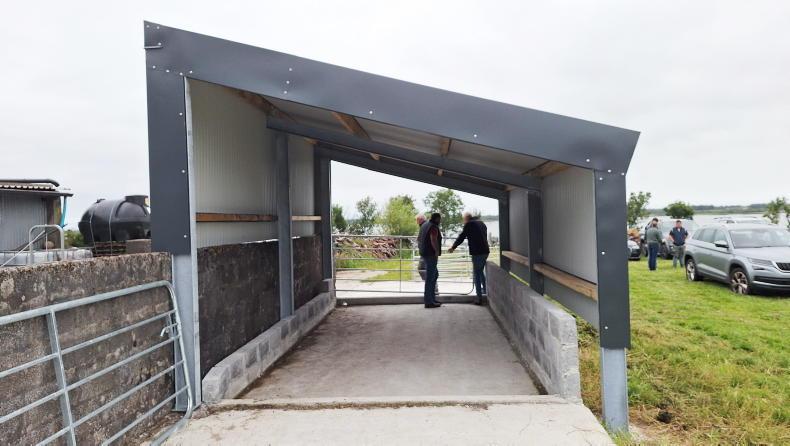
SHARING OPTIONS